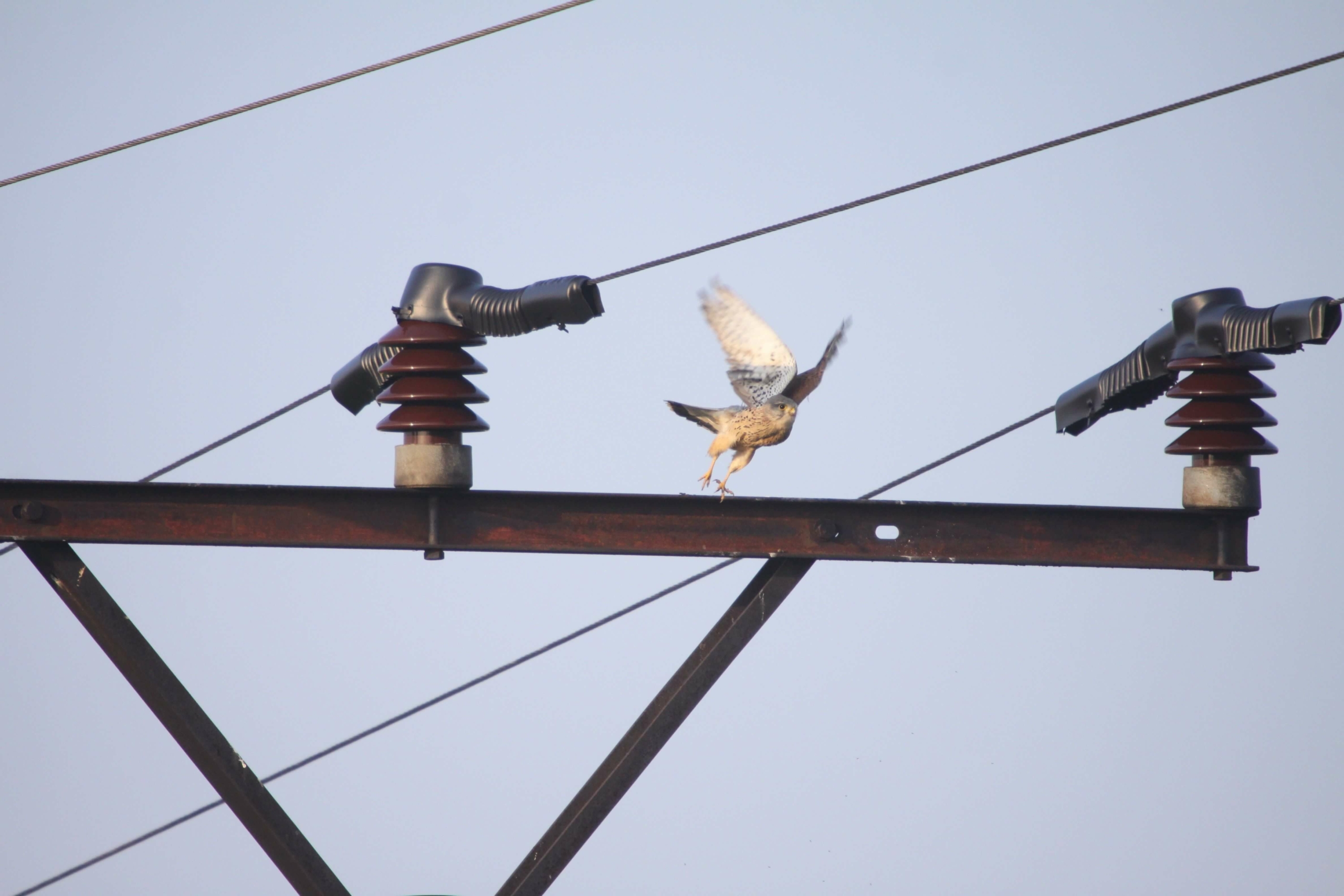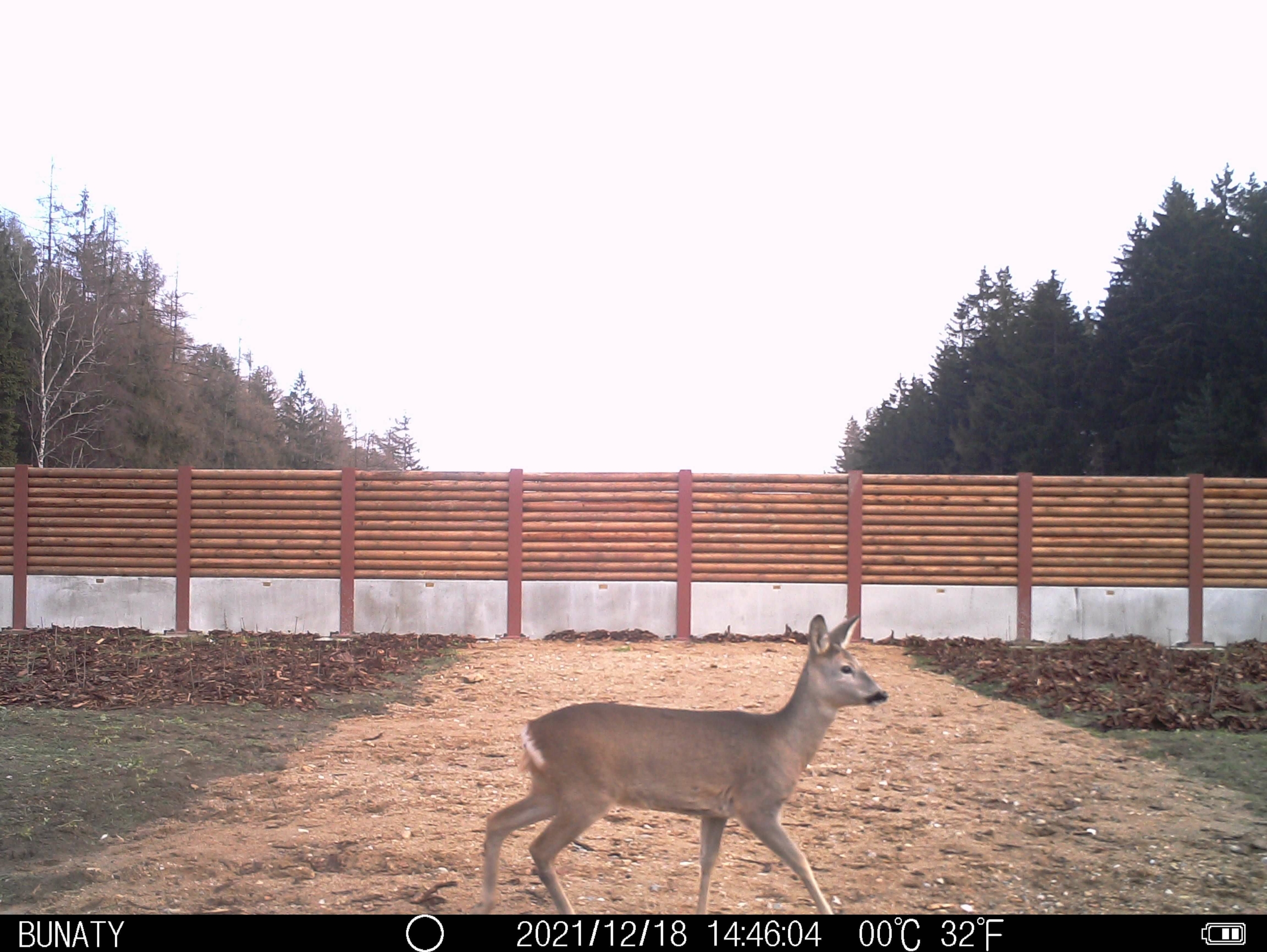Phase characteristics
The operation phase is the final stage of the process of preparation and construction which usually lasts for decades. During this phase, the infrastructure affects its surroundings with noise and light and pollution from traffic and maintenance, and it creates barriers to movement and splits species populations. Fauna mortality (roadkills, bird strikes with aircrafts, bird electrocution on powerlines), edge effect and habitat fragmentation are impacts that occur during this phase (Figure 2.5.1). During infrastructure operation, mitigation measures such as wildlife passages, fences and others are expected to fulfil their function.
For practical reasons, it is useful to divide this phase in an initial period of trial operation and a subsequent stander operation period:
- The initial period of trial operation, also called ‘guarantee period’ usually comprises the first 3–5 years and includes a testing operation, in which some technical details are still being adjusted and defects found during the final inspection are being remedied. Constructors are usually obligated to amend any failure that appears in this period. During this period monitoring is performed, specifically the ‘after construction’ stage of the three-phase monitoring programme. The effectiveness of implemented mitigation measures is also monitored. Post-project analysis is recommended and in some countries is a mandatory tool to ensure feedback as to whether implemented measures fulfil their purpose and the effects of operation are not worse than expected.
- Maintenance is closely linked to the entire operation phase. Maintenance should not only ensure smooth and safe operation, but also keep all implemented mitigation and compensation measures functional. Monitoring and post-project analysis help continuously improve maintenance to achieve the maximum possible effect. The principles of environmentally oriented maintenance (focused on the ecological value of road verges) are described in Chapter 7 – Maintenance.
Key issues to be addressed
During the operation phase, it is important to implement the approved monitoring plan defined within the EIA that usually undergoes during the first 3 to 5 years. After this period maintenance of ecological asset must be carefully undertaken including the assessment of the effects of infrastructure operation and maintenance on species and habitats, particularly on threatened species and priority habitats. Monitoring of fauna mortality must be carried out, but also changes in distribution of species in the vicinity of infrastructure or the impacts of disturbance and pollution must be registered.
Special attention must be paid to evaluating the efficiency of mitigation measures (e.g. wildlife passages, fences, other measures to reduce wildlife mortality, and also compensation measures). Table 2.6. summarizes some key issues to be addressed during the operation and maintenance phase. The results of monitoring are assessed within the post-project analysis. If monitoring shows a more negative impact than expected, additional corrective measures must be proposed. Similarly, if mitigation measures do not perform the expected functions, appropriate measures to achieve effectiveness must be undertaken. Post-project analysis should be available at least to the contractor, the developer, and nature conservation authorities. Post-project analysis can play a key role in building knowledge on the positive and negative experiences during the implementation of mitigation measures and inform the preparation of future projects.
Table 2.6 – Key issues to be addressed during the operation of different types of transport infrastructure.
| Type of transport infrastructure | Key issues to be addressed during operation phase to reduce the impact on biodiversity |
| All | Conducting ecologically oriented maintenance. Monitoring the impact of infrastructure operation on wildlife. Monitoring the effectiveness of implemented measures. Applying measures to address new conflicts and continuous improvement of mitigation measures. |
| Roads and railways | Providing appropriate maintenance of wildlife passages, fencing and other mitigation measures. Reinforcing fences to avoid entries of target species causing conflicts. Providing verge and drainage systems appropriate maintenance to benefit biodiversity and avoid ‘ecological traps’. |
| Powerlines | Developing ecological maintenance of natural habitats in the protection zone. Integrating of the protection zone into the ecological corridor network. Monitoring bird mortality from electrocution and collisions, and in cases of increased mortality, implementing of measures to address it. |
| Pipelines | Maintaining of the protection zone leading to the support of natural habitats, support for the ecological corridor function. |
| Waterways | Creating appropriate natural banks and/or escape ramps allowing animals to cross the canal and climb out of the water avoiding risk to be drown. Constructing fish passages at locks to preserve aquatic species movements. Creating new wetland habitats to compensate for destroyed habitats. |
| Ports | Avoiding pollution. Protecting animal species such as water birds, seals and other which use ports as their habitat. Allowing free movement of migrant fish between the sea and rivers. Applying measures to avoid the introduction of Invasive Alien species. |
| Airports | Reducing disturbance and pollution. Restoring or creating natural habitats in the airport protection zone which do not attract fauna which can cause conflict for air navigation. Implementing Wildlife Hazard Management Programmes to avoid bird collisions. |
Processes and tools
- Monitoring the impacts of operation on fauna and its habitats
- Monitoring the effectiveness of mitigation measures (Figure 2.5.2)
- Post-project analysis, to evaluate the results of monitoring and provide recommendations for subsequent maintenance. This allows to create proposals to supplement or improve mitigation measures and puts forward general recommendations for future similar projects.

